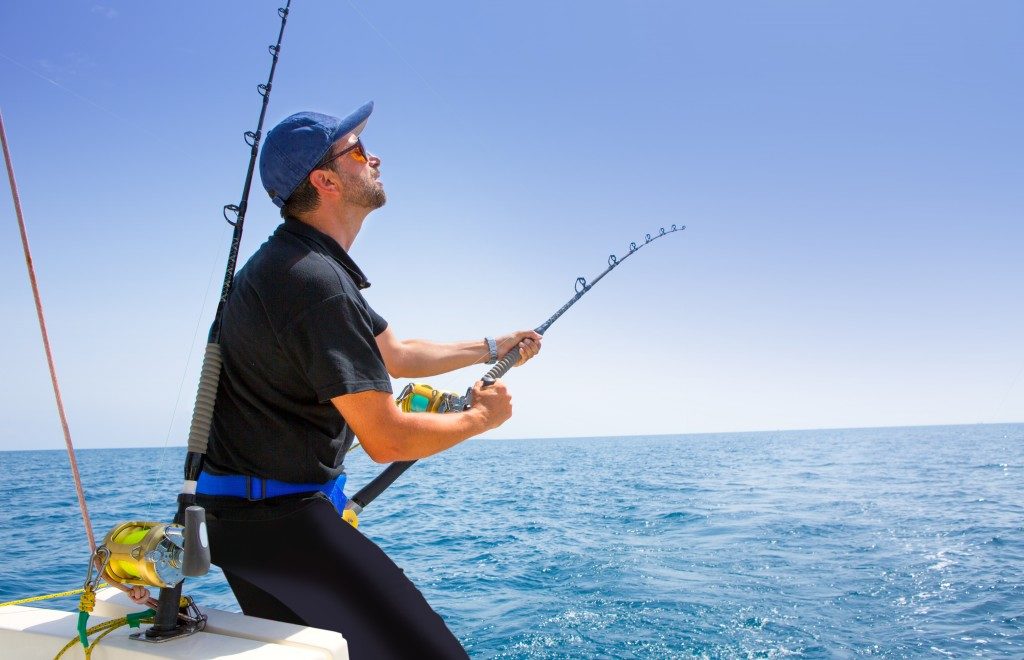Catching fish is not as easy as sinking a hook and rod into the water and reeling in a good catch. Fish, unlike humans, have a sixth sense. A lateral line runs down each of their sides and is filled with microscopic hairs that detect any water movement. This line of hairs allows them to pick out moving objects even in darkness. Moreover, fish will use their sense of taste, even at a distance, to verify whether or not the items they spot are edible.
For a memorable and fruitful fishing trip, you will need to pick more than the best pontoon boats in Michigan. You will need the right bait for the waters you are fishing in, the fish species you want to catch, and the time of day you will be fishing. There are two primary fishing bait categories, including live and artificial baits. Artificial baits will cast farther compared to live baits and are less messy to apply to your lure. Moreover, they allow you to target specific fish species and are interchangeable. The following are your artificial fishing bait alternatives.
Plugs
These are at times called crankbaits and are considered the holy grail of artificial baits. They are plastic fish-shaped baits that are also colored to resemble the fish that are prey to your desired target fish. The plastic used for plugs is either hollow or solid, and has a plastic or metal sheet attached to its front. This sheet is known as a lip and can be adjusted to make your bait wobble. Most plugs feature two to three treble hooks and can sink, dive, hover, or float depending on their design. Though costly, plugs can be retrieved, trolled, or cast at low boat speeds.
Jigs
These feature a hook on one of its ends and a weight on the other. Jigs also have either a plastic grub or feather skirt. They are currently the most popular artificial bait because they sink quickly due to their weight. This makes them the ideal choice when angling for bottom feeders.
Spinnerbait

Unlike other baits, these move through the water horizontally. They are available in multiple colors and shapes based on the targeted fish species and water’s depth. Spinnerbaits have a skirted hook on one end and one or several spinning metal blades on the other. The propeller-like spinning of the metal blades creates color reflections and vibrations that mimic other baitfish and minnows. Spinnerbaits are primarily used for catching pike, perch and bass.
Spoons
These are concave-shaped metal lures that are so named since they resemble spoons with cut off handles. The concave shape makes them wobble and shine when moving through the water. A bigger curve generally means a wider wobble when using spoons. Wobbling bits resemble injured baitfish, something that game fish species will not be able to resist. You should ideally cast spoons about 10 to 20 feet outside your targeted fishing spot to guarantee a catch.
The above artificial baits can be used in both fresh and saltwater fishing. However, live bait might be the better choice when you are fishing in cold waters and for beginner anglers who might find the constant movement of the lure challenging. Getting an opinion on the best bait for your trip from an expert before deciding on one is a smart choice.



